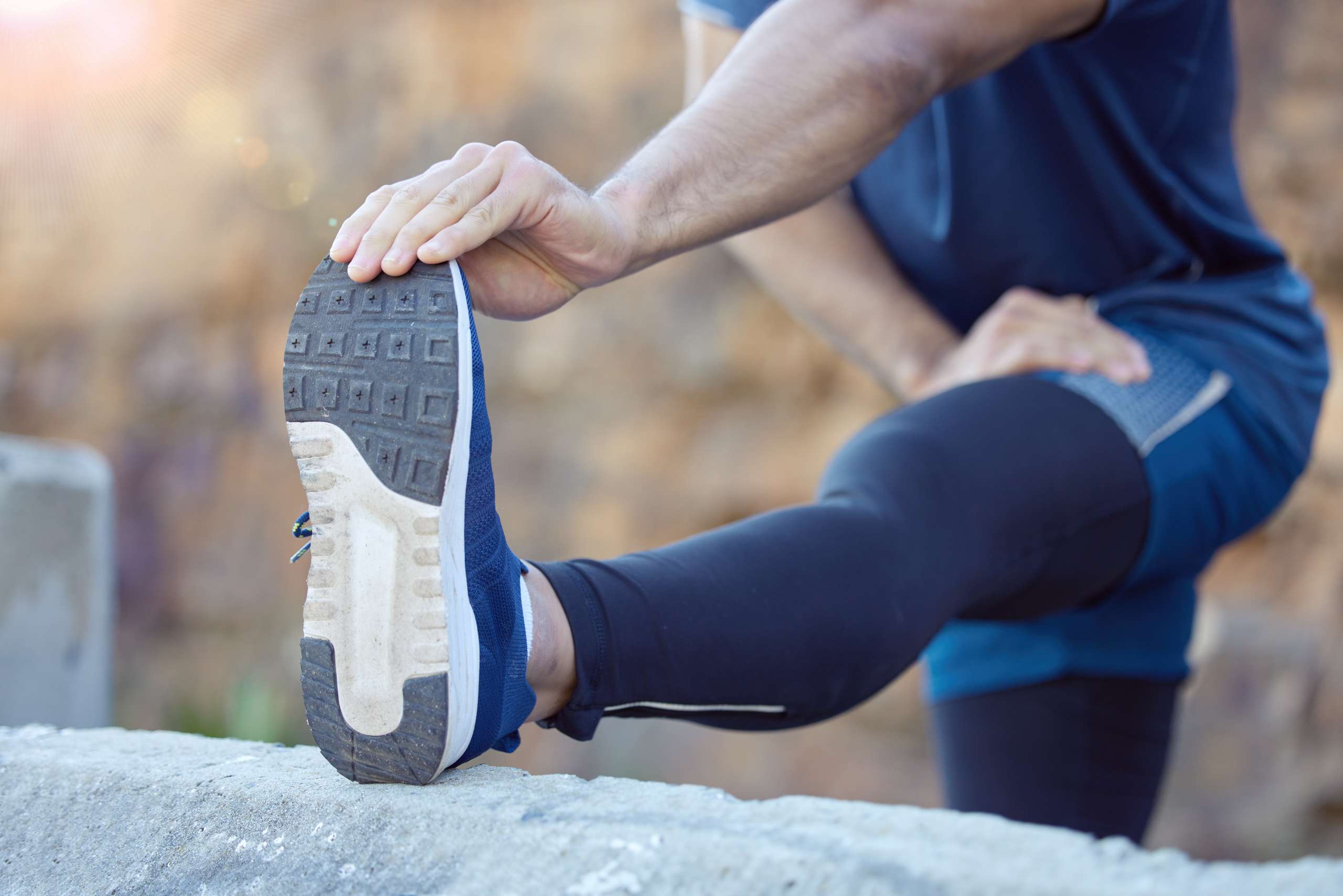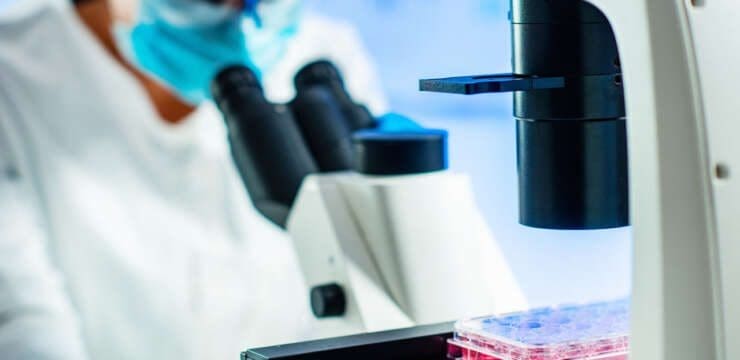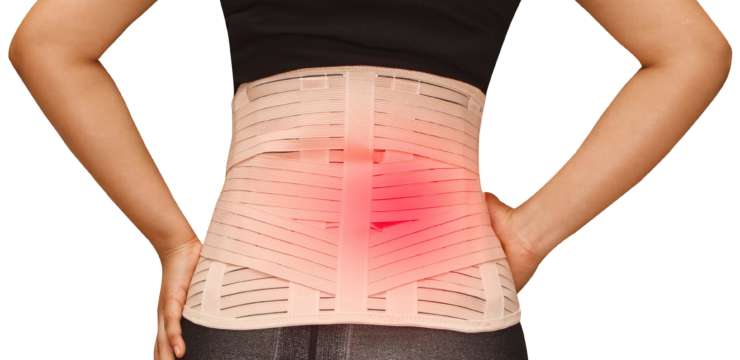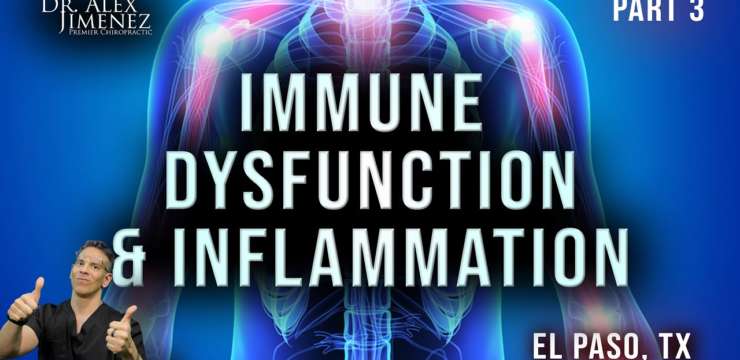
Manage heel pain with chiropractic care, focusing on the Achilles tendon for improved healing and pain relief.
Table of Contents
Introduction
Millions of people around the world complain about heel pain, which can make it hard to do things like walk, run, or even stand. Problems with the Achilles tendon, the strong band of tissue connecting your calf muscles to your heel bone, are one of the main causes of this pain. You may have Achilles-related heel pain if you’ve ever had a sharp or aching pain in the back of your heel, especially after working out or when you first wake up. This blog post goes into great detail about the anatomy, causes, and treatments for this condition, with a focus on how chiropractic care can help without surgery. We’ll talk about why the Achilles tendon is so important, how problems happen, and things you can do to feel better.
If you have Achilles tendon heel pain, knowing what it is can help you get the right help, whether you’re an athlete pushing your limits or just dealing with everyday aches. We’ll also talk about non-surgical options like chiropractic adjustments and acupuncture, as well as stretches and exercises that have been proven to work. We’ll also discuss how personalized care can make a difference by sharing insights from Dr. Alexander Jimenez, a top expert in chiropractic and functional medicine.
What Does the Achilles Tendon Do in the Lower Body and Extremities?
The Achilles tendon plays a crucial role in how your lower body moves and functions. It’s the largest and strongest tendon in the human body, acting like a thick rope that helps you push off the ground when you walk, run, or jump. Without it, simple tasks like climbing stairs or playing sports would be nearly impossible.
In the lower extremities, the Achilles tendon connects the gastrocnemius and soleus muscles (your calf muscles) to the calcaneus (heel bone). When these muscles contract, the tendon pulls on the heel, lifting it and propelling your body forward. This action is essential for activities involving propulsion, such as sprinting or jumping. It also helps absorb shock during landing, protecting your joints from excessive force.
Beyond movement, the Achilles tendon contributes to balance and stability. It works with other structures in the foot and ankle to maintain posture and prevent falls. In everyday life, it supports weight-bearing tasks, making it vital for mobility in the legs, feet, and overall lower body. If the tendon is injured or inflamed, it can lead to heel pain that radiates up the leg, affecting your gait and potentially causing compensatory issues in the knees, hips, or back.
References
- Chu, E. C.-P. (2022). Neuromuscular scoliosis in the presence of spina bifida occulta and a transitional lumbosacral vertebra: A case report. Radiology Case Reports, 17(9), 3260-3265. doi.org/10.1016/j.radcr.2022.06.033
Anatomy of the Achilles Tendon
To understand heel pain, it’s helpful to know the Achilles tendon’s structure. This tendon is about 6 inches long and forms from the merging of fibers from the two main calf muscles: the gastrocnemius (which crosses the knee joint) and the soleus (which doesn’t). These fibers twist together like a rope, creating a tough, fibrous cord that inserts into the back of the heel bone.
The tendon is surrounded by a sheath called the paratenon, which provides lubrication and protection. Blood supply to the Achilles is limited, especially in the middle section (about 2-6 cm above the heel), making it prone to injury and slow healing. This area, known as the “watershed zone,” has fewer blood vessels, which can contribute to degeneration over time.
Anatomically, the Achilles tendon is part of the posterior compartment of the leg. It works in tandem with the plantar fascia (a band under the foot) and other ligaments to support the ankle joint. When healthy, it can withstand forces up to 10 times your body weight during activities like running. However, overuse or sudden stress can lead to micro-tears, inflammation, or even rupture, manifesting as heel pain.
References
- Pedowitz, D., & Kirwan, G. (2013). Achilles tendon ruptures. Current Reviews in Musculoskeletal Medicine, 6(4), 285-293. doi.org/10.1007/s12178-013-9185-8
Biomechanics of the Achilles Tendon
Biomechanics refers to how the body moves and handles forces, and the Achilles tendon is a biomechanical powerhouse. During walking or running, the tendon stores and releases energy like a spring. This “elastic recoil” helps propel you forward efficiently, reducing the energy your muscles need to expend.
In a normal gait cycle, the Achilles tendon lengthens (eccentric loading) as your foot hits the ground, absorbing impact. Then, it shortens (concentric contraction) to push off. This process involves coordination with the ankle joint, where the tendon allows for plantarflexion (pointing the toes down) and dorsiflexion (lifting the toes up).
Problems arise when biomechanics are off-balance. For example, tight calf muscles can limit ankle dorsiflexion, putting extra strain on the tendon. Flat feet (pronation) or high arches (supination) can alter how forces travel through the leg, leading to uneven loading. Over time, this repetitive stress can cause tendinopathy—inflammation or degeneration—resulting in heel pain.
Understanding these mechanics is key for prevention. Proper footwear, warm-ups, and strength training can optimize biomechanics, reducing injury risk.
References
- Thevendran, G., Sarraf, K. M., Patel, N. K., Sadri, A., & Rosenfeld, P. (2013). The ruptured Achilles tendon: A current overview from biology of rupture to treatment. Musculoskeletal Surgery, 97(1), 9-20. doi.org/10.1007/s12306-013-0251-6
Factors Leading to the Development of Heel Pain Associated with the Achilles Tendon
Heel pain from the Achilles tendon doesn’t happen overnight; it’s often the result of multiple factors building up over time. One major cause is overuse, especially in athletes or people who suddenly increase activity levels. Running on hard surfaces, hill training, or wearing worn-out shoes can overload the tendon.
Age plays a role too—tendons lose elasticity after 30, making them more susceptible to injury. Poor flexibility, like tight calves or hamstrings, reduces the tendon’s ability to stretch, leading to strain. Biomechanical issues, such as overpronation (feet rolling inward) or leg length discrepancies, can unevenly distribute forces.
Other factors include obesity, which adds extra weight stress, and medical conditions like diabetes or high blood pressure, which impair blood flow and healing. Certain medications, like fluoroquinolone antibiotics, have been linked to tendon weakening. Even lifestyle choices, such as smoking, reduce collagen production, weakening the tendon.
Inflammation from tendinopathy (tendinitis or tendinosis) is common, causing pain at the heel insertion point. If ignored, it can progress to partial tears or full ruptures.
References
- Yasui, Y., Tonogai, I., Rosenbaum, A. J., Shimozono, Y., Kawano, H., & Kennedy, J. G. (2017). The risk of Achilles tendon rupture in the patients with Achilles tendinopathy: Healthcare database analysis in the United States. BioMed Research International, 2017, Article 7021862. doi.org/10.1155/2017/7021862
How Heel Pain Can Mimic Sciatica Pain
Heel pain from Achilles issues can sometimes feel like sciatica, a condition where the sciatic nerve (running from the lower back to the feet) is irritated. Both can cause shooting pain down the leg, numbness, or tingling, leading to misdiagnosis.
Sciatica typically starts in the lower back or buttocks and radiates down, often from a herniated disc or spinal stenosis. Achilles heel pain, however, originates at the tendon but can refer pain up the calf or into the foot due to nerve involvement. The sural nerve, near the Achilles, can get compressed during inflammation, mimicking sciatic symptoms.
Differentiating them involves checking for back pain (more common in sciatica) versus localized heel tenderness (Achilles). Walking on toes aggravates Achilles pain, while straight-leg raises might trigger sciatica. Imaging like MRI can confirm, but a thorough exam is key.
This overlap highlights why seeing a specialist is important—treating the wrong issue won’t help.
References
- Tu, P. (2018). Heel pain: Diagnosis and management. American Family Physician, 97(2), 86-93. pubmed.ncbi.nlm.nih.gov/29365222/
Chiropractic Care for Leg Instability- Video
Nonsurgical Treatments for Heel Pain in the Lower Extremities: Focus on Chiropractic Care
When heel pain strikes, surgery isn’t usually the first step. Nonsurgical options are effective for most people, and chiropractic care stands out as a natural, holistic approach.
Chiropractors focus on the musculoskeletal system, using adjustments to realign the spine, hips, and ankles. For Achilles heel pain, this can correct biomechanical imbalances that strain the tendon. By improving ankle mobility and reducing calf tightness, adjustments decrease tension on the Achilles, promoting healing and pain relief.
The clinical rationale? Misalignments (subluxations) in the lower back or pelvis can alter gait, leading to compensatory overuse of the tendon. Chiropractic adjustments restore proper alignment, enhancing blood flow and nerve function to the area. Studies show this reduces inflammation and improves function without drugs or incisions.
Other benefits include personalized plans with soft tissue therapy (like massage) to break up scar tissue and ultrasound to stimulate repair.
References
- Morrissey, D., Cotchett, M., Said J’Bari, A., Prior, T., Griffiths, I. B., Rathleff, M. S., Gulle, H., Vicenzino, B., & Barton, C. (2021). Management of plantar heel pain: A best practice guide informed by a systematic review, expert clinical reasoning and patient values. British Journal of Sports Medicine, 55(19), 1106-1118. doi.org/10.1136/bjsports-2019-101970
Other Nonsurgical Treatments: Acupuncture and More
Beyond chiropractic, acupuncture offers another needle-based relief for heel pain. This ancient practice inserts thin needles into specific points to stimulate energy flow (qi), reducing inflammation and pain. For Achilles issues, it targets points along the leg and foot, improving circulation and releasing endorphins.
Evidence shows acupuncture eases chronic heel pain by modulating nerve signals and promoting tissue repair. It’s often combined with chiropractic for better results.
Other options include physical therapy for strengthening, orthotics for support, and shockwave therapy to break down calcifications. Ice, rest, and anti-inflammatory meds (like ibuprofen) provide short-term relief, but addressing root causes is key.
References
- Tu, P. (2018). Heel pain: Diagnosis and management. American Family Physician, 97(2), 86-93. pubmed.ncbi.nlm.nih.gov/29365222/
Stretches and Exercises to Stretch and Strengthen the Achilles Tendon
Stretching and strengthening the Achilles tendon can prevent and treat heel pain. Always warm up first and stop if pain worsens.
- Calf Stretch: Stand facing a wall, one foot back. Keep the back heel down and knee straight; lean forward until you feel a stretch. Hold 30 seconds, repeat 3 times per leg. This lengthens the gastrocnemius.
- Soleus Stretch: Similar to above, but bend the back knee slightly. This targets the deeper soleus muscle.
- Eccentric Heel Drops: Stand on a step, heels off the edge. Rise on toes with both feet, then lower slowly on the affected leg. Do 3 sets of 15, twice daily. This strengthens while stretching.
- Towel Stretch: Sit with legs extended; loop a towel around the ball of the foot and pull gently. Hold 30 seconds.
- Toe Walks: Walk on tiptoes for 30 seconds to build calf strength.
These exercises, supported by research, improve flexibility and reduce recurrence.
References
- Habets, B., van Cingel, R. E. H., Backx, F. J. G., & Huisstede, B. M. A. (2015). Alfredson versus Silbernagel exercise therapy in chronic midportion Achilles tendinopathy: A randomized controlled trial. British Journal of Sports Medicine, 49(11), 753-760. pubmed.ncbi.nlm.nih.gov/24151122/
- Alfredson, H., Pietilä, T., Jonsson, P., & Lorentzon, R. (1998). Heavy-load eccentric calf muscle training for the treatment of chronic Achilles tendinosis. American Journal of Sports Medicine, 26(3), 360-366. pubmed.ncbi.nlm.nih.gov/9617396/
- Silbernagel, K. G., & Crossley, K. M. (2015). A proposed return-to-sport program for patients with midportion Achilles tendinopathy: Rationale and implementation. Journal of Orthopaedic & Sports Physical Therapy, 45(11), 876-886. pubmed.ncbi.nlm.nih.gov/26390272/
Clinical Insights from Dr. Alexander Jimenez, DC, APRN, FNP-BC
Dr. Alexander Jimenez, a dual-credentialed chiropractor and family nurse practitioner, brings over 30 years of experience to treating Achilles heel pain. At his El Paso clinic (dralexjimenez.com/), he integrates advanced imaging like MRI and ultrasound to pinpoint tendon damage. Diagnostic evaluations, including gait analysis and orthopedic tests, help identify biomechanical faults.
Dr. Jimenez uses “dual-scope procedures,” combining chiropractic adjustments with functional medicine assessments to address inflammation systemically. For instance, he links Achilles pain to spinal misalignments via nerve pathways, using adjustments to restore balance. His LinkedIn profile (www.linkedin.com/in/dralexjimenez/) highlights his role in personalized care, often incorporating nutrition to support tendon healing.
Patients praise his holistic approach, which associates injuries with root causes for lasting relief.
References
- Jimenez, A. D. (n.d.). Dr. Alex Jimenez DC | El Paso Chiropractor. Retrieved from dralexjimenez.com/
- Jimenez, A. D. (n.d.). LinkedIn Profile. Retrieved from www.linkedin.com/in/dralexjimenez/
Conclusion: Taking Heel Pain Seriously
Achilles tendon pain can have a big effect on your quality of life, but you can get relief if you know what to do and act quickly. We have talked about ways to deal with this problem that don’t involve surgery, such as exercises and anatomy. Chiropractic therapy is a tried-and-true, drug-free way to get better.
Important Notice and Disclaimer: This article is not meant to take the place of professional medical advice; it is only meant to give information. If you have heel pain, you should see a doctor to get a diagnosis and treatment. It could be a sign of a more serious illness. Dr. Jimenez and the writers are not responsible for any actions taken based on this information. Always look for treatment that is tailored to you.
Disclaimers
Professional Scope of Practice *
The information herein on "Heel Pain & Chiropractic Care Treatment Guide on the Achilles Tendon" is not intended to replace a one-on-one relationship with a qualified health care professional or licensed physician and is not medical advice. We encourage you to make healthcare decisions based on your research and partnership with a qualified healthcare professional.
Blog Information & Scope Discussions
Welcome to El Paso's wellness blog, where Dr. Alex Jimenez, DC, FNP-C, a board-certified Family Practice Nurse Practitioner (FNP-C) and Chiropractor (DC), presents insights on how our team is dedicated to holistic healing and personalized care. Our practice aligns with evidence-based treatment protocols inspired by integrative medicine principles, similar to those found on dralexjimenez.com, focusing on restoring health naturally for patients of all ages.
Our areas of chiropractic practice include Wellness & Nutrition, Chronic Pain, Personal Injury, Auto Accident Care, Work Injuries, Back Injury, Low Back Pain, Neck Pain, Migraine Headaches, Sports Injuries, Severe Sciatica, Scoliosis, Complex Herniated Discs, Fibromyalgia, Chronic Pain, Complex Injuries, Stress Management, Functional Medicine Treatments, and in-scope care protocols.
Our information scope is limited to chiropractic, musculoskeletal, physical medicine, wellness, contributing etiological viscerosomatic disturbances within clinical presentations, associated somato-visceral reflex clinical dynamics, subluxation complexes, sensitive health issues, and functional medicine articles, topics, and discussions.
We provide and present clinical collaboration with specialists from various disciplines. Each specialist is governed by their professional scope of practice and their jurisdiction of licensure. We use functional health & wellness protocols to treat and support care for the injuries or disorders of the musculoskeletal system.
Our videos, posts, topics, subjects, and insights cover clinical matters, issues, and topics that relate to and directly or indirectly support our clinical scope of practice.*
Our office has reasonably attempted to provide supportive citations and has identified the relevant research studies or studies supporting our posts. We provide copies of supporting research studies available to regulatory boards and the public upon request.
We understand that we cover matters that require an additional explanation of how they may assist in a particular care plan or treatment protocol; therefore, to discuss the subject matter above further, please feel free to ask Dr. Alex Jimenez, DC, APRN, FNP-BC, or contact us at 915-850-0900.
We are here to help you and your family.
Blessings
Dr. Alex Jimenez DC, MSACP, APRN, FNP-BC*, CCST, IFMCP, CFMP, ATN
email: coach@elpasofunctionalmedicine.com
Licensed as a Doctor of Chiropractic (DC) in Texas & New Mexico*
Texas DC License # TX5807
New Mexico DC License # NM-DC2182
Licensed as a Registered Nurse (RN*) in Texas & Multistate
Texas RN License # 1191402
ANCC FNP-BC: Board Certified Nurse Practitioner*
Compact Status: Multi-State License: Authorized to Practice in 40 States*
Graduate with Honors: ICHS: MSN-FNP (Family Nurse Practitioner Program)
Degree Granted. Master's in Family Practice MSN Diploma (Cum Laude)
Dr. Alex Jimenez, DC, APRN, FNP-BC*, CFMP, IFMCP, ATN, CCST
My Digital Business Card






